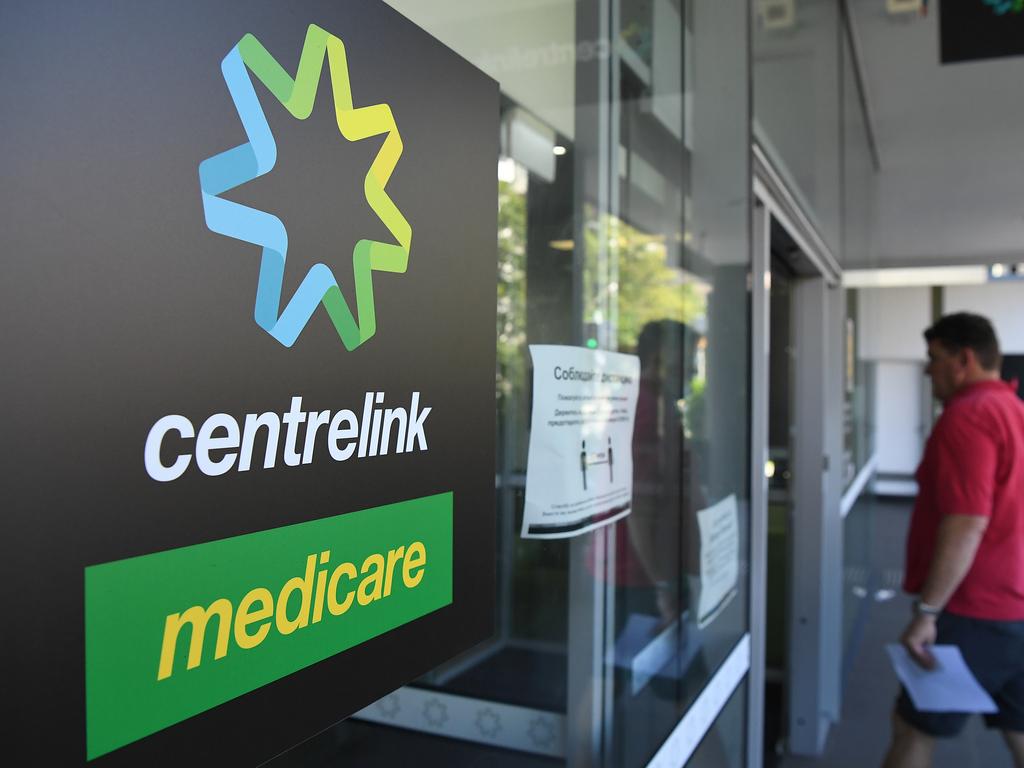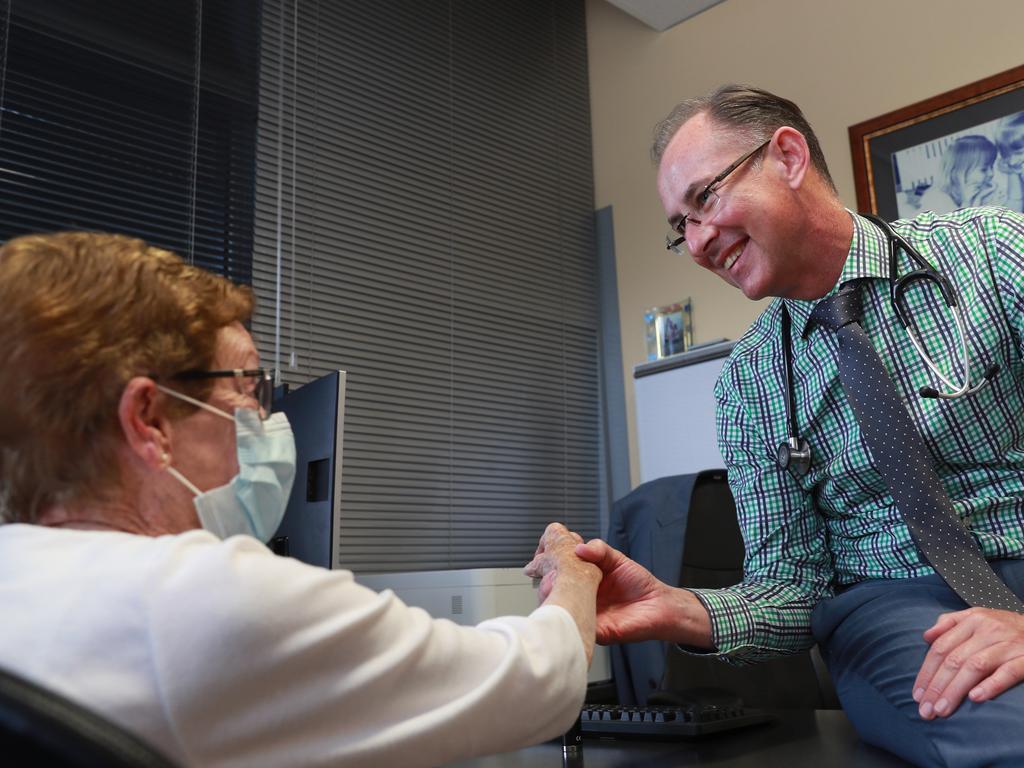Ambulances taking 55 minutes to arrive in South Australia as a health crisis is laid bare
The Productivity Commission has laid bare a massive nationwide reduction in the affordability of seeing a GP and a rapidly escalating crisis in the health system.

Ambulances are taking as long as 55 minutes to reach the most urgent cases in one state and the number of people who cannot afford to see a doctor has doubled nationally in the past year, as new figures reveal a rapidly escalating crisis in the health system.
The Productivity Commission’s latest Report on Government Services has laid bare a massive nationwide reduction in the affordability of primary health care services resulting in people avoiding or delaying seeing a GP, while in one state ambulances take as long as 55 minutes to arrive at the most urgent emergencies.
The primary care crisis is having a knock-on effect at public hospital emergency departments, the Productivity Commission report shows. The figures reveal that even Category 1 cases – which are life threatening and require immediate resuscitation – are not always being seen in emergency departments within stipulated timeframes in Western Australia, South Australia, the ACT and the NT. No state met the target timeframes for emergency cases, the next most urgent category, being seen on time. The proportion of patients staying for four hours or less in an emergency department was 55.8 cent, down from 73.2 per cent in 2015-16.
And in SA the time within which 90 per cent of first responding ambulance resources arrived at the scene of an emergency in code 1 situations was 55.6 minutes.
The government’s target for emergency calls in metropolitan areas is eight minutes in 60 per cent of cases. The SA government’s own data says 76 per cent of emergency cases were reached within eight minutes in December. The Productivity Commission data means that even though most cases may have been reached relatively quickly, some outliers waited an inordinate period of time for an ambulance.
In NSW, 90 per cent of cases were reached by an ambulance in 32.8 minutes and in Queensland 27 minutes.
On the 40th anniversary of Medicare, the Albanese government is claiming a 2.1 per cent national lift in the bulk billing rate as a result of its move to triple incentives to doctors to fully bulk bill pensioners, healthcare card holders and children. Meanwhile the working poor are being slugged with record gap fees to see GPs who can no longer afford to bulk bill patients – the average gap fee has now hit a record high of $43. And Australian Institute of Health and Welfare data latest monthly data released on Wednesday showed that the proportion of doctors’ fees subsidised through the Medicare Benefits Schedule “declined in recent months, after 15 years of relatively stability”.
Nationally in 2022-23, 7 per cent of people who needed to see a GP did not immediately go or did not visit a doctor at all due to cost – double the figure of a year ago and the equivalent of 1.75 million people – amid a steep and rapid drop in bulk billing. The numbers of people avoiding the doctor is the highest recorded, double just the year before.
The federal government has now released the first data on the impact of its major policy to address the bulk billing crisis. Since November 1 last year when the bulk billing incentive was tripled, an estimated 360,000 additional trips to the GP were bulk billed in that month and in December, around a third of them in rural and regional areas, which according to the government saved patients about $15m in GP gap fees.
“Labor is the party of Medicare – we created it and we will always protect it,” Anthony Albanese said. Federal Health Minister Mark Butler is set to emphasise Labor’s credentials on Medicare at a Deakin University Forum speech on Thursday, blaming previous Liberal governments for the years-long bulk billing freeze.
Mr Butler will say Labor’s policies on bulk billing are aimed at “the people with the greatest need for healthcare and the least capacity to pay”.
However, many of the welfare recipients, pensioners and children who are the recipients of the bulk billing incentive were the people GPs were bulk billing anyway, while those on low incomes or slammed by the cost of living and not eligible for health care cards continue to face large gap fees. “It’s really very sad when the people who need to access general practice the most are delaying care,” said Royal Australian College of GPs president Nicole Higgins.






To join the conversation, please log in. Don't have an account? Register
Join the conversation, you are commenting as Logout